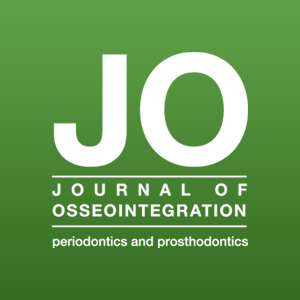Articles
Vol. 15 No. 2 (2023)
Is it beneficial to support interforaminal implant placement techniques with ultra-short implants in the posterior region? A 3D finite element analysis

Publisher's note
All claims expressed in this article are solely those of the authors and do not necessarily represent those of their affiliated organizations, or those of the publisher, the editors and the reviewers. Any product that may be evaluated in this article or claim that may be made by its manufacturer is not guaranteed or endorsed by the publisher.
All claims expressed in this article are solely those of the authors and do not necessarily represent those of their affiliated organizations, or those of the publisher, the editors and the reviewers. Any product that may be evaluated in this article or claim that may be made by its manufacturer is not guaranteed or endorsed by the publisher.
Received: 9 January 2023
Accepted: 23 January 2023
Accepted: 23 January 2023
681
Views
363
Downloads












